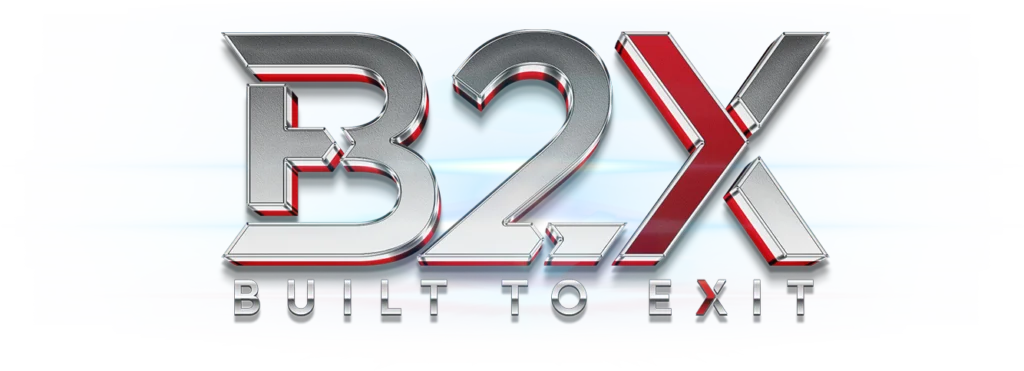For any company, running out of cash is the ultimate business nightmare.
Cash flow isn’t just a concern for small businesses – it’s the lifeblood that all enterprises must monitor obsessively.
A whopping 82 percent of business failures are due to poor cash management.
Simply being profitable isn’t enough to guarantee survival. Companies can show impressive earnings on paper yet still go bankrupt due to poor cash management.
Cashflow Catastrophe: Lessons from Bed Bath & Beyond’s Downward Spiral
The once-mighty home goods retailer Bed Bath & Beyond’s recent bankruptcy filing serves as a stark warning about the perils of inadequate cashflow management. The company’s descent offers several sobering lessons that all businesses should heed regarding the importance of maintaining healthy cashflows.
Bed Bath & Beyond’s cashflow problems emerged rapidly and catastrophically. In May 2022, the company reported having $108 million in cash on hand, according to Forbes.
Just three months later, it had burned through a staggering $325 million, leaving it desperately short on funds to keep operating. This dramatic cash depletion was a primary factor forcing the 51-year-old retailer into bankruptcy proceedings.
So what went wrong, and what can we learn from Bed Bath & Beyond’s cashflow calamity?
Two colossal mistakes stand out:
- Stock Buyback Frenzy: Since 2004, BBB spent a whopping $11.8 billion repurchasing their own stock, dwarfing even their debt. This strategy prioritized short-term gains over long-term investments in the business itself.
- Debt Spiral: Incredibly, Bed Bath & Beyond doubled down on this risky tactic. They borrowed billions more in the 2010s to fuel these stock buybacks, even as their core business weakened. This piled on debt when they needed resources the most.
Experts like Wharton marketing professor Barbara Kahn point the finger at mismanagement: “Not managing debt well has been the downfall of other retailers.”.
Additionally, the company replaced popular national brands with unproven private labels and scrapped the beloved coupon program. These tactics, successful elsewhere, alienated Bed Bath & Beyond’s loyal customer base.
“Consumers went to BBB looking for the national brands and just didn’t recognize or trust the private brands,” explains Kahn, adding, “While the private brand strategies and lessened reliance on couponing were no doubt designed to improve margins, they instead lowered sales.”
With a staggering $11.8 billion siphoned away, crippling debt, and a confused customer base, Bed Bath & Beyond’s path became unsustainable.
The brutal truth is that enterprises operating without ample cash reserves are just unpaid vendors away from potential ruin.
To keep your company thriving, follow these core principles of cash flow mastery:
Understand Your Cash Conversion Cycle
How long does it take your company to convert expenses into cash from sales? This cash conversion cycle varies drastically by industry.
For example, a grocery chain can have a very short cycle by collecting customer cash upfront while gradually paying vendors over time. Meanwhile, an aerospace manufacturer often has to spend tens of millions producing a jetliner long before receiving payment from the buyer.
The longer your conversion cycle, the more working capital you require to fund ongoing operations. Failing to account for this can leave enterprises in a perpetual cash crunch. Analyze and optimize every step of your cycle from sourcing inventory to production to accounts receivable collection.
Cut Costs Wisely
When cash is tight, the knee-jerk reaction is to start slashing expenses. However, indiscriminate cost-cutting often does more harm than good.
Capital-intensive manufacturers like automakers must continually invest in facilities and R&D to remain competitive. Purely looking at short-term cash preservation by cutting these strategic investments proved disastrous for companies like GM and Chrysler during the 2000s.
Instead, focus on eliminating waste and low-impact costs that don’t drive value. Shed non-core business units, renegotiate vendor contracts, streamline production processes, and invest in digitization to boost efficiencies. This optimizes cash outlays while maintaining core investments critical to your operating model.
Prioritize Receivables
Even for creditworthy customers, it’s standard for enterprises to have to wait 30, 60, or even 90+ days to receive payment after a sale or delivery. The time between accruing expenses and getting paid is precious cash trapped outside your control. Late payments from customers can be catastrophic.
To improve this cash flow timing mismatch, enterprises must get more aggressive about receivables and establish clear payment windows with penalties for late payments.
Deploy advanced invoicing systems and incentives for faster collection. Leverage financing tools like factoring to get paid upfront on receivables. And have mechanisms to escalate and take action against chronic late payers.
Diversify Cash Sources
Relying solely on operating revenues is a straightjacket for growth and maintaining cash reserves. Prudent enterprises leverage a diverse toolkit of external cash sources, including bank lines of credit, equity capital, and asset-based lending.
Monitor Like a Hawk
A sudden cash flow hiccup can topple even the mightiest corporation if left unchecked. Proactively monitor and model multiple cash flow scenarios using advanced forecasting tools.
With disciplined monitoring, enterprises can make informed course corrections before temporary cash crunches spiral into existential crises.
In today’s competitive landscape, no enterprise is too big to ignore cash flow management.
Safeguard your firm’s longevity by obsessing over cash flow as relentlessly as you do profits, growth, and other vital metrics.
Failing to do so is simply ceding control of your survival to factors outside your influence.


